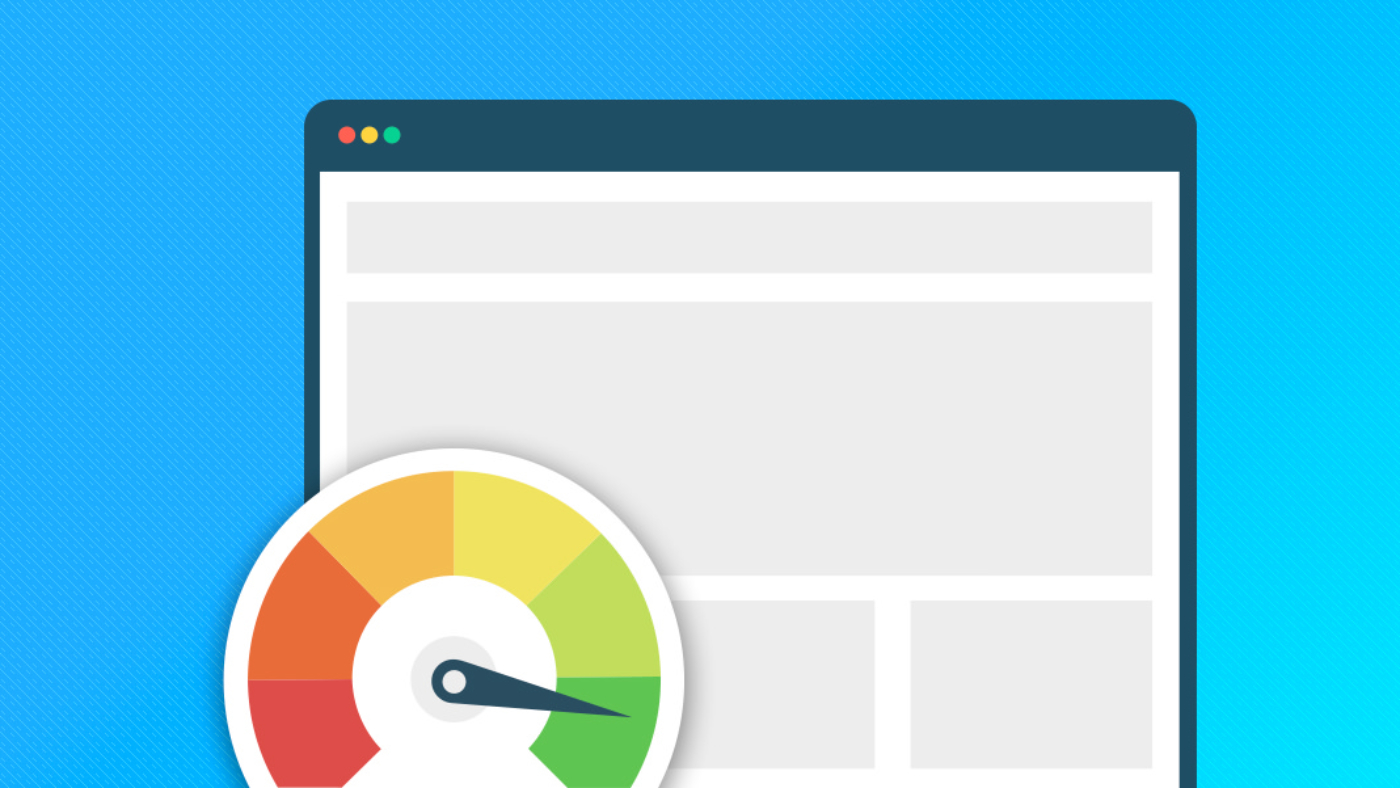As broadband capabilities increased, the past decade ushered in an escalating arms race to see who can deliver digital services the fastest. From Amazon’s one-day delivery to instant streaming, the world continues to quicken its pace in the digital era while businesses who fail to keep up find themselves left in the dust.
The speed race advanced even further as mobile devices became the preferred method for online activity, accounting for 79% of all time spent online in the US. This growing crop of mobile-first users have proven to be more demanding when it comes to speed, with 85% of users expecting mobiles sites to load “as fast or faster” than desktop.
Despite the heightened expectations of the mobile experience, small businesses are still failing to optimize their sites for mobile devices. According to Kissmetrics, 73% of mobile users reported encountering websites that loaded too slowly while 38% encountered mobile sites that didn’t work at all.
Being a slowpoke in the digital era can have catastrophic consequences for small businesses, especially those trying to establish themselves online. With so much content vying for the public’s attention, the spoils go to the fastest competitor.
Not convinced? Here are just a few ways that a fast website can help put your business in the lead.
Boosts Sales
Aside from creating a better user experience, fast websites can also help the bottom line. Not only does it keep users on the page, but also increases the chances of a sales conversion.
When it comes to gaining a sales advantage, the evidence shows that every second counts. Using data from a Hubspot study, Neil Patel calculated that a mere one-second delay in load speed can lead to losses of $2.5 million per year for an ecommerce business that earns $100,000 per day.
In addition, a one-second delay was shown to reduce page views by 11% and conversions by 7%, according to research published by Loadstorm. Fortunately, there are relatively easy ways to get out of the slow lane and regain those lost sales. Deloitte found that just a 0.1 second boost in page speed led to more than an 8% increase in both conversions and page views.
If you find your business in a sales slump, it may be a result of load speeds too slow for the modern user. By making your content easily and quickly accessible, you can better hold visitors’ attention and, if all goes well, close that sale.
Improves User Experience & SEO
Fast-loading pages play an important role in creating a good user experience because it helps visitors quickly find what they’re looking for. Any unnecessary friction risks having a visitor run out of patience and leaving for a different site that accommodates their need for speed.
It’s not just visitors that notice faster load speeds. In recent years, Google has further prioritized load speed in its search algorithm, meaning that faster sites get more attention. In Google’s 2018 Speed Update, they announced that,
“Google will reduce the amount of crawlers it sends to your site if your server is slower than 2 seconds.”
For particularly slow sites, this implies that Google may miss crucial, timely updates such as blog posts or event announcements.
Google’s change of heart on speed resulted from their own research showing that bounce rates increased by 32% when load time rose from 1 to 3 seconds. At the end of the day, Google’s end goal is to provide users with sites featuring the best user experience, which includes faster load times.
By making some minor tweaks to your site, you can easily speed things up and earn some extra love from Google, which is never a bad thing.
Retains Users
For a conversion to take place, visitors need to be kept on the page and engaged. Any wasted seconds increase the chance that they may seek out another avenue to find what they’re looking for.
Keeping speeds fast is especially important in ecommerce, where customers expect a fast and easy checkout process. With Amazon and other online retailers setting the pace, small businesses need to make their purchase process just as quick and hassle-free.
In a survey by Akamai, 51% of American online shoppers said that slow website speeds were the top reason for abandoning a purchase. Likewise, the survey also revealed that 64% of shoppers who were dissatisfied with their site experience will shop somewhere else.
The same speed principle applies to a site’s images, which tend to load more slowly than other page elements. Waiting for images to load can be torture for a mobile user used to Instagram and other quick-loading apps. According to Hubspot, 39% of consumers will stop engaging in a website if its images load too slowly.
At the risk of being abandoned, websites should optimize images and video for mobile devices.
Provides a First Impression
It’s an understatement to say that visitors make quick judgements about the websites they visit. Akamai states that 40% of visitors will abandon a website if it takes more than 3 seconds to load. That number rises to 74% if the site takes 5 seconds to load.
First impressions stick, which is why you want to dazzle from the first second in. Once a visitor decides to bail, they tend not to give it another shot, with Velocity Consulting finding that 70% of users who found a website slow never returned to the site.
Worse yet, internet users love to share a bad experience, possibly more than a good one. A 2017 study by American Express found that Americans tell an average of 15 people about a poor service experience, while only telling 11 people about a good experience.
These days, customers use online reviews more than ever to help with purchasing decisions. If they see that a website features multiple complaints about its slow speed, then it’s not exactly a ringing endorsement. This alone should urge websites to find ways to boost speeds in order to give their visitors something to brag about.
Builds Trust
The common element linking all of the previously-discussed benefits is the ability to gain user trust. Through every step of an online experience, visitors make rapid judgements about your site. The more you’re able to satisfy their momentary needs, the more trust you gain.
Trust begins with a dazzling first impression that leaves visitors confident in your site. This is established before a visitor even lays eyes on your page through faster load speeds.
Visit this blog to learn more about how to speed up various elements of your site. Also consider getting your Digital Trust Trust Score, which analyzes your site for over 50 trust factors, including usability, safety, transparency, and reputation. You can also qualify for a free trustmark, which shows off your site’s trustworthiness to visitors.





